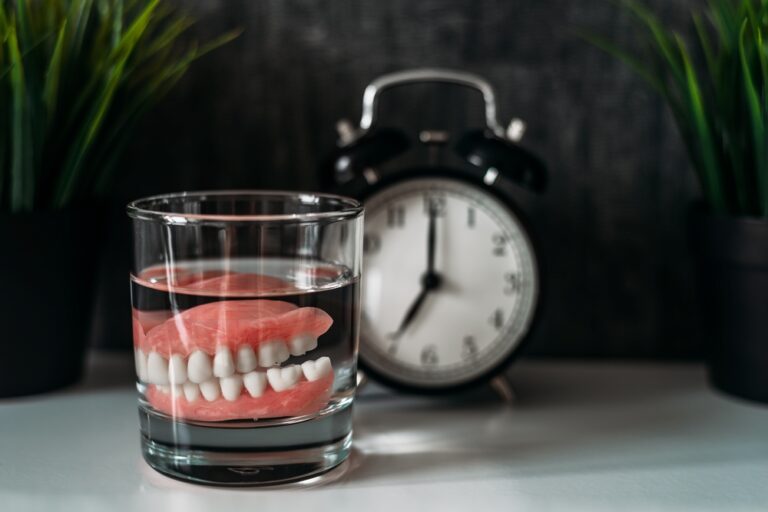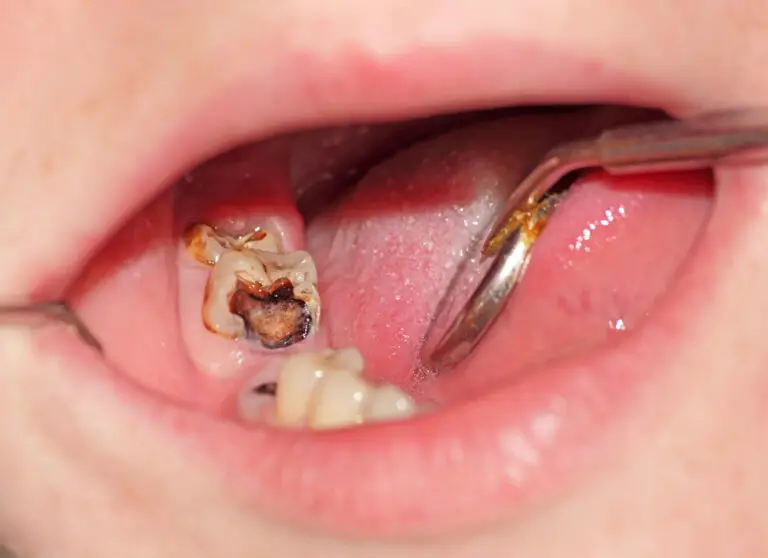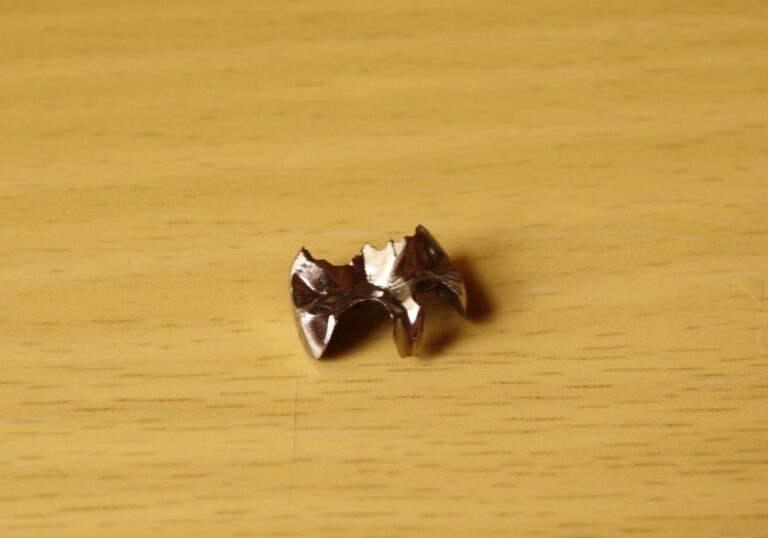Have you ever wondered how big a human tooth is? Teeth are an essential part of our body, and we use them every day to bite, chew, and speak. But have you ever stopped to think about their size?
The size of human teeth can vary depending on their location in the mouth. Incisors, which are located at the front of the mouth, are generally smaller than molars, which are located at the back of the mouth. On average, adult human teeth range from 10 to 12 millimeters in length and 6 to 8 millimeters in width.
It’s interesting to note that the size of our teeth changes throughout our lives. As children, we have 20 primary teeth, which are smaller than our permanent teeth. As we grow, our permanent teeth replace our primary teeth and continue to grow until our late teenage years or early twenties. Wisdom teeth, which are the last teeth to grow in, can be larger than other teeth due to their location at the back of the mouth.
Human Tooth Anatomy
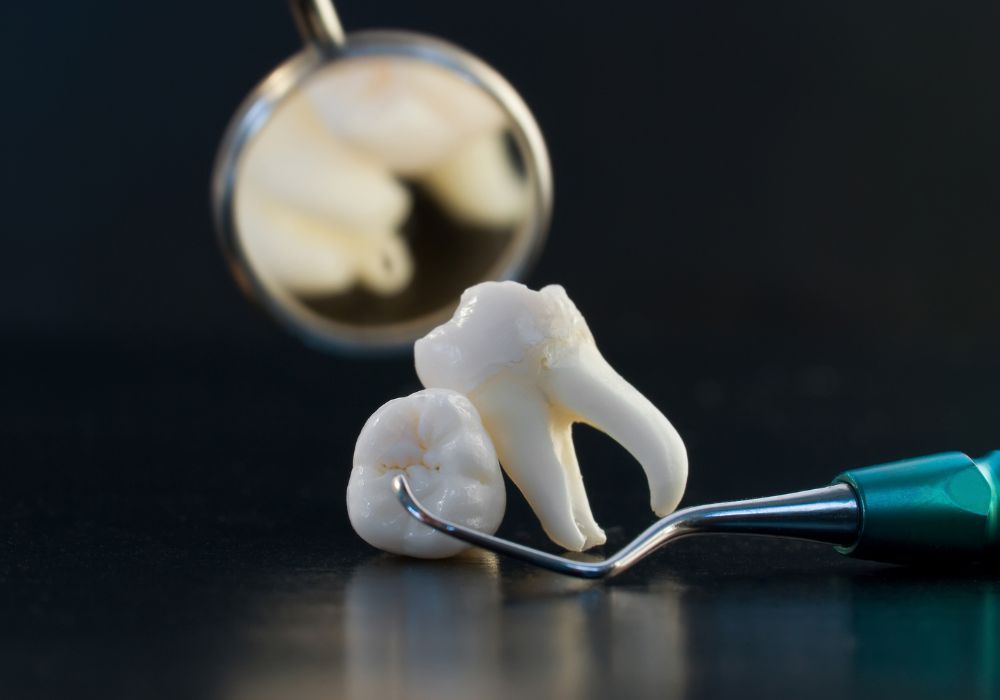
When it comes to understanding the size of a human tooth, it’s important to first understand the anatomy of a tooth. A tooth is made up of three main layers: enamel, dentin, and pulp. Each of these layers plays a critical role in the health and function of your teeth.
Enamel
Enamel is the hard, outer layer of your teeth. It’s the part of the tooth that you can see when you look in the mirror. Enamel is made up of a mineral called hydroxyapatite, which is one of the hardest substances in your body. Enamel protects the inner layers of your teeth from damage and decay.
Dentin
Dentin is the layer of your tooth that sits just beneath the enamel. It’s softer than enamel, but still quite hard. Dentin is made up of tiny tubes called dentinal tubules, which run from the pulp of the tooth to the enamel. These tubules allow sensations like hot and cold to travel from the surface of the tooth to the nerves in the pulp.
Pulp
The pulp is the innermost layer of your tooth. It’s made up of blood vessels, nerves, and connective tissue. The pulp is responsible for keeping your tooth alive and healthy. It also plays a role in the development of your teeth when you’re a child.
In summary, a human tooth is made up of three main layers: enamel, dentin, and pulp. Each of these layers plays a critical role in the health and function of your teeth. Understanding the anatomy of your teeth can help you better care for them and keep them healthy for years to come.
Size of Adult Human Teeth
When it comes to human teeth, size can vary depending on the type of tooth. Here is a breakdown of the average size of adult human teeth, categorized by type:
Incisors
Incisors are the front teeth in the mouth and are used for biting and cutting. The average size of adult human incisors is about 6-8 millimeters in width and 10-12 millimeters in length. They are typically smaller than other types of teeth.
Canines
Canines are the pointed teeth next to the incisors and are used for tearing and grasping food. The average size of adult human canines is about 6-7 millimeters in width and 20-25 millimeters in length. They are typically longer and more pointed than other types of teeth.
Premolars
Premolars are located between the canines and molars and are used for chewing and grinding food. The average size of adult human premolars is about 8-10 millimeters in width and 10-12 millimeters in length. They are typically larger than incisors but smaller than molars.
Molars
Molars are the back teeth in the mouth and are used for grinding and crushing food. The average size of adult human molars is about 10-12 millimeters in width and 14-16 millimeters in length. They are typically the largest teeth in the mouth.
It is important to note that these are just averages and individual tooth size can vary. Additionally, tooth size can be affected by factors such as genetics, age, and dental health. If you have concerns about the size of your teeth, it is best to consult with a dental professional.
Size of Baby Teeth

Baby teeth, also known as primary teeth, are the first set of teeth that grow in a child’s mouth. These teeth are smaller in size and number compared to adult teeth. Children typically have 20 primary teeth, which start to erupt around 6 months of age and continue until about 2-3 years old.
The size of baby teeth varies, but they are generally smaller than adult teeth. The size of baby teeth is appropriate for the size of a child’s jaw and mouth. The size of baby teeth is also important for allowing enough space for adult teeth to grow in later.
The eruption of baby teeth follows a specific order, with the two bottom front teeth (lower central incisors) usually appearing first, followed by the two top front teeth (upper central incisors). The rest of the baby teeth usually come in pairs, with one tooth on each side of the jaw.
It’s important to take care of baby teeth, even though they will eventually fall out. Baby teeth play an important role in helping children learn how to chew and speak properly. They also help to maintain the space needed for adult teeth to grow in properly. Therefore, it’s important to encourage good oral hygiene habits, such as brushing and flossing, from an early age.
In summary, baby teeth are smaller in size and number compared to adult teeth, and they play an important role in a child’s development. Encouraging good oral hygiene habits from an early age can help ensure healthy baby teeth and proper development of adult teeth.
Factors Influencing Tooth Size
When it comes to tooth size, there are several factors that can influence it. Here are three main factors that can impact the size of your teeth:
Genetics
Genetics play a significant role in determining the size of your teeth. The size of your teeth is largely predetermined by your genes, and it is not something that can be changed. Your parents’ teeth size can be a good indicator of what your teeth size will be like. It is important to note that genetic factors can also influence the shape and position of your teeth.
Nutrition
Nutrition can also play a role in determining the size of your teeth. A proper diet that includes essential vitamins and minerals, such as calcium, vitamin D, and phosphorus, can help promote healthy tooth development and growth. A lack of proper nutrition can result in smaller and weaker teeth.
Oral Habits
Oral habits can also influence the size of your teeth. Habits such as grinding your teeth or clenching your jaw can cause your teeth to wear down over time, resulting in smaller teeth. On the other hand, habits such as thumb-sucking can impact the growth and development of your teeth, resulting in misaligned or smaller teeth.
It is important to note that while these factors can influence the size of your teeth, there are also natural variations in tooth size between individuals. If you are concerned about the size of your teeth, it is best to consult with a dentist to determine the best course of action.
Comparative Sizes
Compared to Other Mammals
Human teeth come in different sizes and shapes, and they are used for various functions such as biting, chewing, and grinding. When compared to other mammals, human teeth are relatively small. For instance, the teeth of a lion, which is a carnivorous mammal, are much larger and sharper than human teeth. On the other hand, the teeth of a herbivorous mammal such as a cow are much larger and flatter than human teeth, as they are used for grinding and chewing tough plant material.
Compared to Human Body Parts
When compared to other body parts, human teeth are relatively small, but they are still an essential part of the human anatomy. The size of human teeth varies depending on their location in the mouth. Incisors, which are located at the front of the mouth, are the smallest teeth, while molars, which are located at the back of the mouth, are the largest teeth.
Tooth size can also vary depending on age, gender, and ethnicity. For instance, men tend to have larger teeth than women, and people of African descent tend to have larger teeth than people of Asian descent. Additionally, teeth can be impacted by various oral health conditions, which can affect their size and shape.
Overall, while human teeth are relatively small compared to other mammals and body parts, they play an essential role in our daily lives. Proper oral hygiene and regular dental checkups are necessary to ensure healthy teeth and gums.
Measurement Techniques
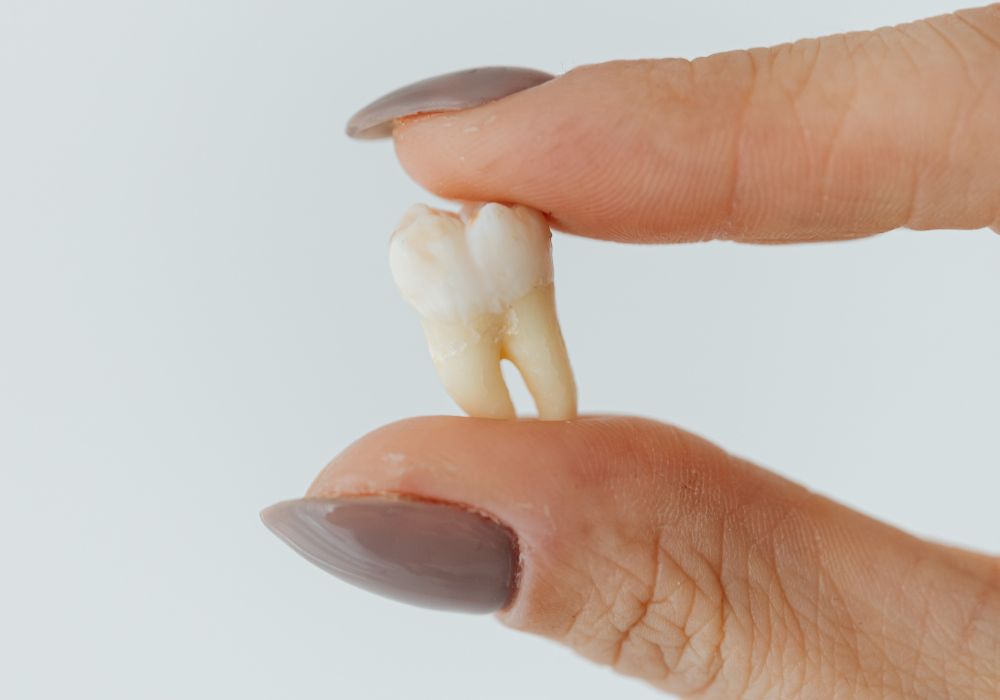
When it comes to measuring the size of a human tooth, there are two main techniques that are commonly used: direct measurement and radiographic measurement.
Direct Measurement
Direct measurement involves physically measuring the tooth with a tool such as a caliper or ruler. This technique is typically used in a clinical setting by a dentist or dental hygienist. The measurements taken can include the length, width, and height of the tooth, as well as the size of the root.
Radiographic Measurement
Radiographic measurement involves using X-rays to measure the tooth. This technique is often used in research settings to study tooth size and shape. The measurements taken can include the mesiodistal and buccolingual distances of the tooth crown, which represent the maximum length and breadth of the tooth crown, respectively.
Both direct and radiographic measurement techniques have their advantages and disadvantages. Direct measurement provides more accurate measurements, but can be time-consuming and may cause discomfort for the patient. Radiographic measurement is less invasive, but may not be as accurate due to variations in X-ray positioning and magnification.
Overall, the choice of measurement technique will depend on the specific situation and what information is needed. Regardless of the technique used, accurate measurement of tooth size is important for a variety of reasons, including diagnosis and treatment planning in dentistry, as well as for research purposes in fields such as anthropology and bioarchaeology.
Frequently Asked Questions
What is the average size of human teeth?
The average size of human teeth varies depending on the type of tooth. Incisors, for example, are generally smaller than molars. On average, adult human teeth are about 10 millimeters long and 8 millimeters wide.
Do all human teeth have the same size?
No, all human teeth do not have the same size. Teeth vary in size and shape depending on their location in the mouth and their function. For example, canines are typically longer and more pointed than incisors.
What is the largest human tooth and how big is it?
The largest human tooth is the maxillary first molar, also known as the first upper molar. It can measure up to 1.5 centimeters in length and 1 centimeter in width.
How much weight can a human tooth withstand?
Human teeth are surprisingly strong. A single tooth can withstand an average of 50 kilograms of force, which is roughly equivalent to the weight of a small car.
What is the function of incisor teeth?
Incisor teeth are located at the front of the mouth and are used for biting and cutting food. They have a flat, chisel-shaped surface that makes them ideal for breaking down food into smaller pieces.
Can you explain the structure of a human tooth for Class 4?
A human tooth has three main parts: the crown, the neck, and the root. The crown is the visible part of the tooth that sits above the gum line. The neck is the narrow area at the base of the crown where it meets the root. The root is the part of the tooth that sits below the gum line and anchors the tooth in the jawbone. Inside the tooth, there is a soft tissue called pulp, which contains nerves and blood vessels that keep the tooth alive.


